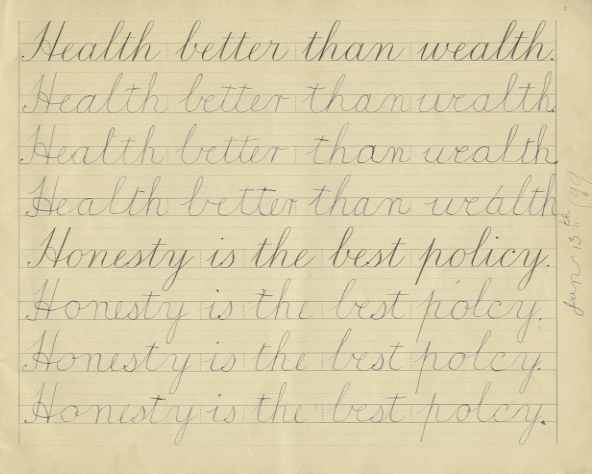
Living in a social media driven world, there’s a constant barrage of content flooding our devices and filling our minds with opinions and ideas. Some are good and some just flat out suck. As an American, the current political situation leaves plenty to be desired for someone looking to their Facebook page or Twitter feed for inspiration. I blame the burst of social media accessibility over the past decade for my plunge deeper into instrumental music. I’ve grown weary of hearing everyone talk and instrumental music has given me reprieve and become a go to medium to digest without being force fed any opinions. This music gives me the power to choose entirely which emotion or feeling I want to channel regardless of the key or tempo at which the music is played. Granted, no form of art comes completely opinion neutral.
The majority of instrumental bands rely on visuals to help tell their story, because, let’s face it, everyone has something to say, even an instrumental band. From lights and fog to projection to music videos, the added dimension that is consumed by an audience’s eyes is a vital aspect of this genre of music. Our collective attention spans have been drastically shortened and, unfortunately, instrumental bands need to compete with the growth of social media in order to stay relevant and ahead of the curve of band anonymity. To many this challenge leads to a rehashing of ideas fostered by bigger bands within the genre. There will always be the trend setters, the big brothers, the pioneers of new ideas just like there will always be the followers, the little brothers, and the thieves of old ideas. However, sometimes bands take it all upon themselves to go more than just the extra mile in order to produce a musical product that spans multiple mediums and raises the bar to exceptional new heights. Australia’s Dumbsaint has done just that with the unveiling of their feature-length film for their latest record “Panorama, in ten pieces”.

I became familiar with Dumbsaint’s “Panorama, in ten pieces” prior to getting to watch the 60 minute feature film which gave me the opportunity to create my own narrative for the music. I was fortunate to have a friend throw this release my direction awhile back and I instantly fell in love with the dynamics and musical prowess. It was very obvious from the first couple of listens that the music was built to work with visual storytelling. However, it holds it’s own in the solo listening format and has become one of my go to records.
The feature was written, filmed, edited, and entirely produced by the members of Dumbsaint and goes to show that a lot of really hard, focused work can lead to incredible things. Nothing inspires me more than a band that does it themselves, and Dumbsaint has not disappointed me in their sheer effort. Working as a music video on steroids, the film is perfectly edited to their album and takes the viewer on a dark and twisted ride through a suburban community.
When I was informed Dumbsaint was preparing to release a feature film to accompany “Panorama, in ten pieces” I was initially a little nervous as to what type of story line or agenda the band was going to display. I didn’t want the connection I made to the music to get lost or interfered with by visuals that may not align with what my imagination had formulated. I always try to maintain an open mind, but I would be lying if I said a band’s social or political opinions have never turned me off. It’s a frustrating way to be programmed, but I’ve lost bits and pieces of respect for bands when they dive too far into waters I find uncomfortable or disingenuous. Thankfully, Dumbsaint introduced just the right amount of abstract thought and story line into their feature film to still leave the majority of their record up for interpretation.
The film centers around a residential neighborhood that is silently entrenched in a plethora of shady nighttime activities and dysfunctional relationships. Superb editing and a well thought out and interwoven cast give immense dimension to the 60 minute feature. Dumbsaint’s skill set goes much further than excellent musicianship as they exhibit a profound ability to capture one’s visual attention almost instantly. The story line is just as heavy as the music yet still maintains the perfect amount of restraint and necessary control to keep the audiences attention for the full 60 minutes.

Dumbsaint’s film for “Panorama, in ten pieces” debuts in it’s entirety on June 13th via Vimeo’s Video On Demand streaming service. If you’ve yet to listen to Dumbsaint, go do that now and then reserve yourself an hour on the 13th to sit back and indulge yourself in a music video masterpiece.
C.J. Blessum
To rent or buy the feature-length film visit Dumbsaint’s Vimeo Page.










